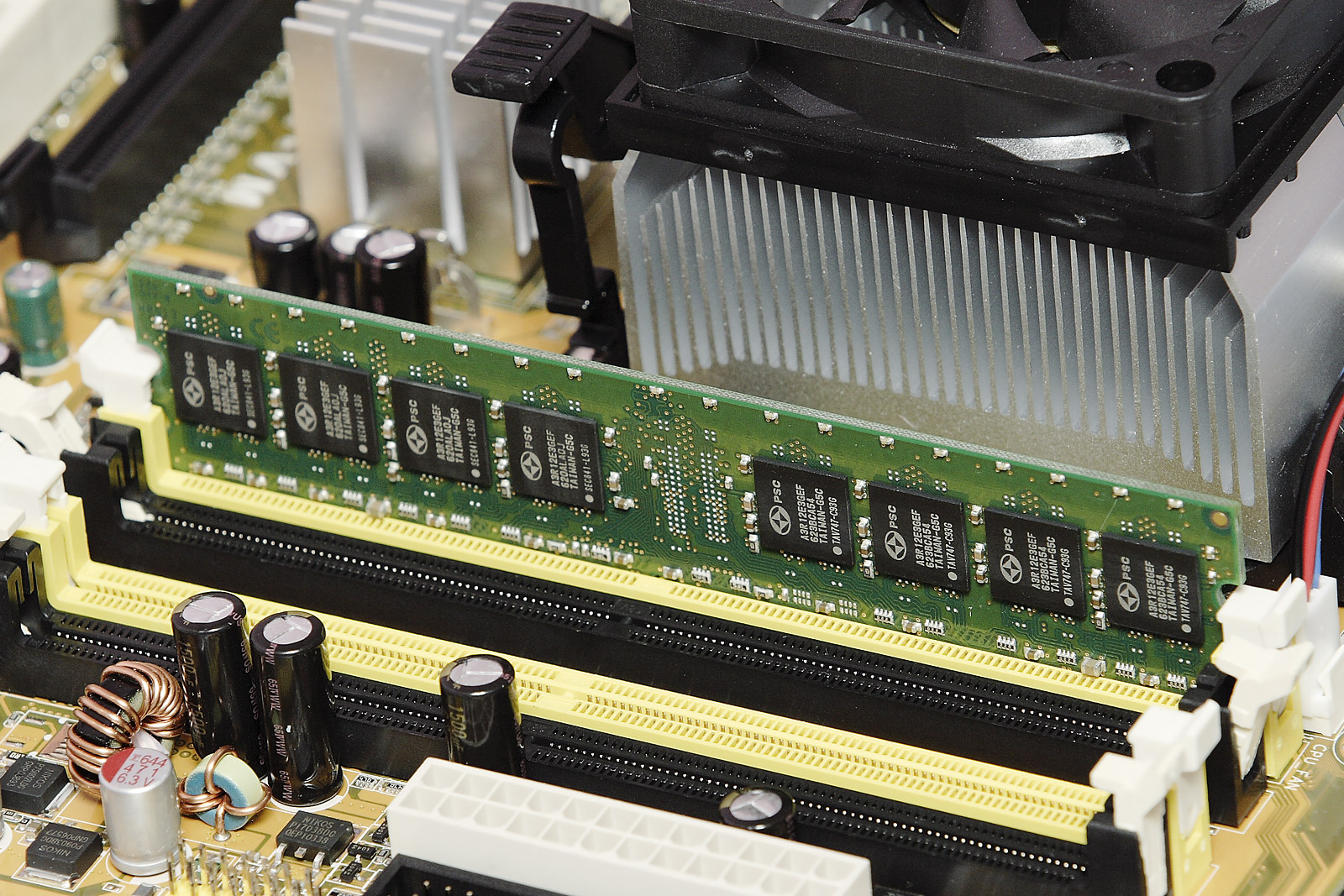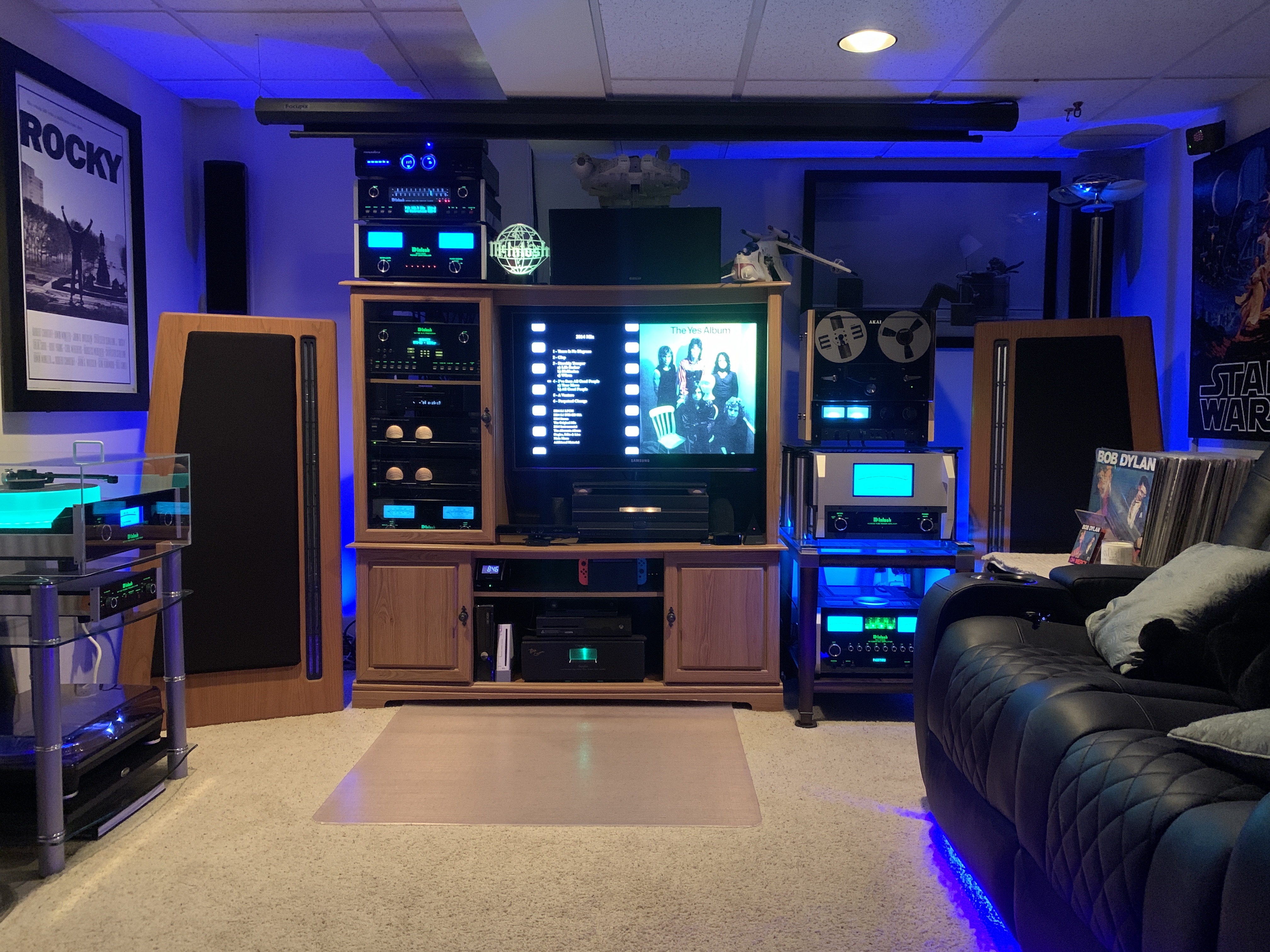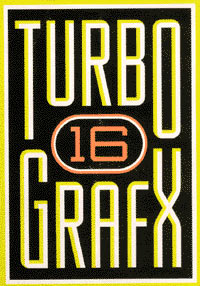|
Sega CD
The Sega CD, known as in most regions outside North America and Brazil, is a CD-ROM accessory and format for the Sega Genesis produced by Sega as part of the fourth generation of video game consoles. Originally released in November 1991, it came to North America in late 1992, and the rest of the world in 1993. The Sega CD plays CD-based games and adds hardware functionality such as a faster CPU and a custom graphics chip for enhanced Sprite (computer graphics), sprite scaling and rotation. It can also play Compact Disc Digital Audio, audio CDs and CD+G discs. Sega sought to match the capabilities of the competing TurboGrafx-16#TurboGrafx-CD/CD-ROM², PC Engine CD-ROM² System, and partnered with JVC to design the Sega CD. Sega refused to consult with their American division until the project was complete, fearful of leaks. The Sega CD was redesigned several times by Sega and was also licensed to third parties, including Pioneer Corporation, Pioneer and Aiwa who released home au ... [...More Info...] [...Related Items...] OR: [Wikipedia] [Google] [Baidu] |
Sega CD Logo
is a Japanese video game company and subsidiary of Sega Sammy Holdings headquartered in Tokyo. It produces several multi-million-selling game franchises for arcades and consoles, including ''Sonic the Hedgehog'', ''Angry Birds'', ''Phantasy Star'', ''Puyo Puyo'', ''Super Monkey Ball'', ''Total War'', ''Virtua Fighter'', ''Megami Tensei'', ''Sakura Wars'', ''Persona'', '' The House of the Dead'' and ''Yakuza''. From 1983 until 2001, Sega also developed its own consoles. Sega was founded by Martin Bromley and Richard Stewart in Hawaii as on June 3, 1960. Shortly after, it acquired the assets of its predecessor, Service Games of Japan. In 1965, it became known as Sega Enterprises, Ltd., after acquiring Rosen Enterprises, an importer of coin-operated games. Sega developed its first coin-operated game, ''Periscope'', in 1966. Sega was sold to Gulf and Western Industries in 1969. Following a downturn in the arcade business in the early 1980s, Sega began to develop video gam ... [...More Info...] [...Related Items...] OR: [Wikipedia] [Google] [Baidu] |
Sega Genesis
The Sega Genesis, known as the outside North America, is a 16-bit Fourth generation of video game consoles, fourth generation home video game console developed and sold by Sega. It was Sega's third console and the successor to the Master System. Sega released it in 1988 in Japan as the Mega Drive, and in 1989 in North America as the Genesis. In 1990, it was distributed as the Mega Drive by Virgin Mastertronic in Europe, Ozisoft in Australasia, and Tectoy in Brazil. In South Korea, it was distributed by Samsung Electronics as the Super Gam*Boy and later the Super Aladdin Boy. Designed by an Research and development, R&D team supervised by Hideki Sato and Masami Ishikawa, the Genesis was adapted from Sega's Sega System 16, System 16 arcade board, centered on a Motorola 68000 processor as the central processing unit, CPU, a Zilog Z80 as a sound controller, and a video system supporting hardware Sprite (computer graphics), sprites, Tile-based video game, tiles, and scrolling. It ... [...More Info...] [...Related Items...] OR: [Wikipedia] [Google] [Baidu] |
List Of Sega CD Games
The Sega CD, originally released as the in most regions outside of North America and Brazil, is an add-on device for the Sega Genesis video game console, designed and produced by Sega. It was released in Japan in 1991, North America in 1992 and in PAL regions in 1993. The device adds a CD-ROM drive to the console, allowing the user to play CD-based games and providing additional hardware functionality. It can also play audio CDs and CD+G discs. While the add-on did contain a faster central processing unit than the Genesis, as well as some enhanced graphics capabilities, the main focus of the device was to expand the size of games. The Sega CD sold 2.24 million units worldwide and was officially discontinued in 1996. There are games on this list. 57 were released only in Japan, 38 were released only in North America, and 5 were released only in Europe. Of the games released, there are six titles (marked with a † in the title for the game) that were also released in formats ... [...More Info...] [...Related Items...] OR: [Wikipedia] [Google] [Baidu] |
Night Trap
''Night Trap'' is a 1992 interactive movie developed by Digital Pictures and published by Sega for the Sega CD. Presented primarily through full-motion video (FMV), ''Night Trap'' has the player observe teenage girls having a sleepover visiting a house which, unbeknownst to them, is infested with vampires. The player watches live surveillance footage and triggers traps to capture anyone endangering the girls. The player can switch between different cameras to keep watch over the girls and eavesdrop on conversations to follow the story and listen for clues. The ''Night Trap'' concept originated in a 1986 prototype game developed by Axlon to demonstrate their Control-Vision game console to Hasbro. The system used VHS tape technology to present film-like gaming experiences. With the system picked up by Hasbro, the production of ''Night Trap'' commenced. The video footage was recorded in 1987, followed by six months of editing and game programming. Hasbro suddenly canceled the Cont ... [...More Info...] [...Related Items...] OR: [Wikipedia] [Google] [Baidu] |
1993 Congressional Hearings On Video Games
The General Assembly of the United Nations designated 1993 as: * International Year for the World's Indigenous People The year 1993 in the Kwajalein Atoll in the Marshall Islands had only 364 days, since its calendar advanced 24 hours to the Eastern Hemisphere side of the International Date Line, skipping August 21, 1993. Events January * January 1 ** Czechoslovakia ceases to exist, as the Czech Republic and Slovakia separate in the Dissolution of Czechoslovakia. ** The European Economic Community eliminates trade barriers and creates a European single market. ** International Radio and Television Organization ceases. * January 3 – In Moscow, Presidents George H. W. Bush (United States) and Boris Yeltsin (Russia) sign the second Strategic Arms Reduction Treaty. * January 5 ** US$7.4 million is stolen from the Brink's Armored Car Depot in Rochester, New York, in the fifth largest robbery in U.S. history. ** , a Liberian-registered oil tanker, runs aground off t ... [...More Info...] [...Related Items...] OR: [Wikipedia] [Google] [Baidu] |
Full-motion Video
Full-motion video (FMV) is a video game narration technique that relies upon pre-recorded video files (rather than sprites, vectors, or 3D models) to display action in the game. While many games feature FMVs as a way to present information during cutscenes, games that are primarily presented through FMVs are referred to as full-motion video games or interactive movies. Recent full motion video games often combine the use of CGI/green screens and in-game graphics for immersion. The early 1980s saw almost exclusive use of the LaserDisc for FMV games. Many arcade games used the technology but it was ultimately considered to be a fad and fell out of use. In the early 1990s FMV games had a resurgence of interest, the proliferation of optical discs gave rise to a slew of original FMV-based computer games such as '' Night Trap'' (1992), '' The 7th Guest'' (1993), '' Voyeur'' (1993), '' Phantasmagoria '' (1995), and '' Daryl F. Gates' Police Quest: SWAT'' (1995). The introduc ... [...More Info...] [...Related Items...] OR: [Wikipedia] [Google] [Baidu] |
ROM Cartridge
A ROM cartridge, usually referred to in context simply as a cartridge, cart, cassette, or card, is a replaceable part designed to be connected to a consumer electronics device such as a home computer, video game console or, to a lesser extent, electronic musical instruments. Read-Only Memory, ROM cartridges allow users to rapidly load and access programs and data alongside a floppy drive in a home computer; in a video game console, the cartridges are standalone. At the time around their release, ROM cartridges provided security against Software copyunauthorised copying of software. However, the manufacturing of ROM cartridges was more expensive than floppy disks, and the storage capacity was smaller. ROM cartridges and slots were also used for various hardware accessories and enhancements. The widespread usage of the ROM cartridge in video gaming applications has led it to be often colloquially called a game cartridge. History ROM cartridges were popularized by early home ... [...More Info...] [...Related Items...] OR: [Wikipedia] [Google] [Baidu] |
Computer Data Storage
Computer data storage or digital data storage is a technology consisting of computer components and Data storage, recording media that are used to retain digital data. It is a core function and fundamental component of computers. The central processing unit (CPU) of a computer is what manipulates data by performing computations. In practice, almost all computers use a storage hierarchy, which puts fast but expensive and small storage options close to the CPU and slower but less expensive and larger options further away. Generally, the fast technologies are referred to as "memory", while slower persistent technologies are referred to as "storage". Even the first computer designs, Charles Babbage's Analytical Engine and Percy Ludgate's Analytical Machine, clearly distinguished between processing and memory (Babbage stored numbers as rotations of gears, while Ludgate stored numbers as displacements of rods in shuttles). This distinction was extended in the Von Neumann archite ... [...More Info...] [...Related Items...] OR: [Wikipedia] [Google] [Baidu] |
Home Audio
Home audio refer to audio consumer electronics designed for home entertainment, such as integrated systems like shelf stereos, as well as individual components like loudspeakers and surround sound receivers. The evolution of home audio began with Edison's phonograph, transitioning from monaural to stereophonic sound in the 1950s and 60s when the term "hi-fi" emerged, highlighting sound accuracy and minimal distortion. Audio equipment evolved from large wooden cabinets to compact units. The 1970s introduced enhancements like quadraphonic sound and technologies like Dolby Pro Logic. This era also saw the rise of component-based stereo systems, and cassette decks too became a staple. Integrated systems, termed "music centers" gained popularity in the 1980s. Table systems and compact radio receivers emerged as entertainment devices, with some offering features like cassette players and CD functionalities. Audiophile systems prioritize high-quality music formats and specialized ... [...More Info...] [...Related Items...] OR: [Wikipedia] [Google] [Baidu] |
Aiwa
Aiwa (, stylised aiwa) is a Japanese consumer electronics brand of Aiwa Co. Ltd., a subsidiary of Towada Audio holdings. The current company was established in 2017 and creates mainly audio products; the brand is also licensed to or owned by other companies in different regions of the world, producing various electronics. The original Aiwa company was founded in 1951 and was one of the leading creators of audio products such as speakers, boomboxes and stereo systems. After stagnating in the latter half of the 1990s, Aiwa was merged into Sony in 2002 and then unsuccessfully relaunched as a low-cost brand until discontinuation by 2008. Aiwa was relaunched as an independent company in Japan in 2017 by Towada, two years after it was first revived by an American firm. Name and logo history In Japanese the Aiwa name is a combination of 愛 (ai) and 環 (wa), roughly meaning "circle of love". AIWA LOGO.svg, AIWA logo (1959-1991) AIWA altes logo.svg, Aiwa logo and the last of the origin ... [...More Info...] [...Related Items...] OR: [Wikipedia] [Google] [Baidu] |
Pioneer Corporation
, is a Japanese multinational corporation based in Tokyo, that specializes in digital entertainment products. The company was founded by Nozomu Matsumoto on January 1, 1938 in Tokyo as a radio and Loudspeaker, speaker repair shop. Its current president is Shiro Yahara. Pioneer played a role in the development of interactive cable TV, the Laserdisc, LaserDisc player, the first automotive compact disc, Compact Disc player, the first detachable face car stereo, Supertuner technology, DVD and DVD recording, the first AV receiver with Dolby Digital, plasma display (with the last 2 years of plasma models being branded as Pioneer Kuro, Kuro, lauded for their outstanding black levels) and organic light-emitting diode, Organic LED display (OLED). The company works with optical disc and display technology and software products and is also a manufacturer. BMW, Volkswagen Group and Daimler AG of Germany jointly acquired a 3% ownership stake in Pioneer through a joint venture company called H ... [...More Info...] [...Related Items...] OR: [Wikipedia] [Google] [Baidu] |
TurboGrafx-16
The TurboGrafx-16, known in Japan as the , is a home video game console developed by Hudson Soft and manufactured by NEC. It was released in Japan in 1987 and in North America in 1989. The first console of the fourth generation of video game consoles, fourth generation, it launched in Japan to compete with Nintendo's Family Computer, Famicom, but its delayed U.S. debut placed it against the more advanced Sega Genesis and later the Super Nintendo Entertainment System, Super NES. The TurboGrafx-16 features an 8-bit computing, 8-bit CPU paired with dual 16-bit graphics processors, and supports up to 482 on-screen colors from a palette of 512. The "16" in the console’s North American branding was criticized as misleading. With dimensions of , the PC Engine remains the smallest major home console ever released. Games were initially released on HuCard cartridges, but the platform later supported additional formats requiring separate hardware: TurboGrafx-CD (''CD-ROM²'' in Japan) ga ... [...More Info...] [...Related Items...] OR: [Wikipedia] [Google] [Baidu] |







